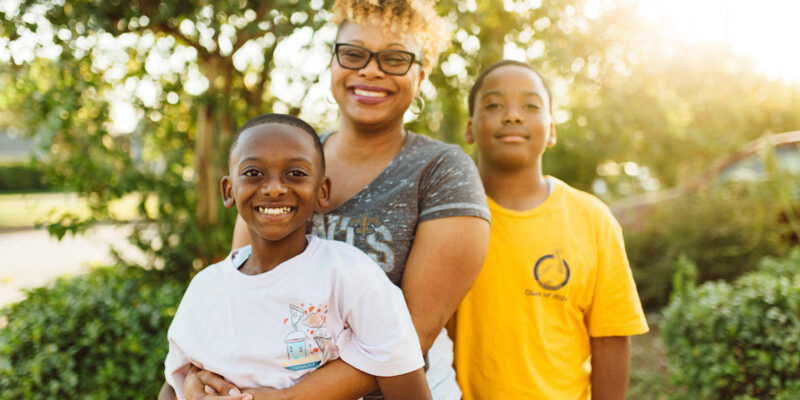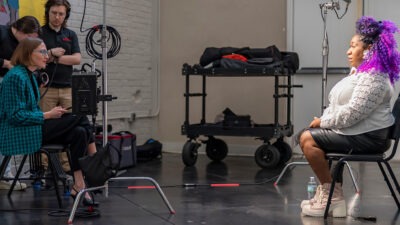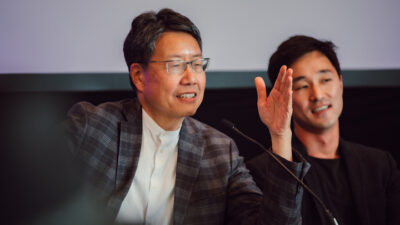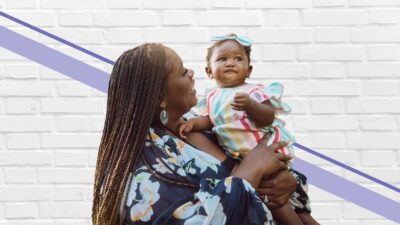The “Whole Family Approaches to Economic Mobility” toolkit provides a guide on investing in families and communities.
“We cannot move children out of poverty and leave the adults in their lives behind. Investing in women enables families and communities to move up and out of poverty.”
When parents live in poverty, children live in poverty. And the numbers make that point. According to the U.S. Census Bureau, of the 11 million single parent families with children under the age of 18, 80% are headed by single mothers, and nearly one-third live in poverty.
Generations of public-private partners, including philanthropic funders, have mounted efforts to change that statistic. But most have focused on the parent only, rather than the whole family. The results have been mixed.
That’s why the Women’s Funding Network, a WKKF grantee, has taken a different approach. “Whole Family Approaches to Economic Mobility: A Funder’s Guide to Supporting Multigenerational Policy and Practice” is a toolkit to spur intentional and simultaneous action across all sectors: education, employment, asset development, health and well-being and social capital.
This new resource, created in partnership with Ascend at our grantee the Aspen Institute, is especially timely given the impact of COVID-19 on children and families. It includes:
- Tools for foundations – including their boards, leadership and staff – to identify how whole family investing can amplify outcomes
- Easy-to-use templates and checklists to assess foundation fit with whole family approach work
- Information and tools to support strategy development, operationalizing and evaluating whole family work
- Strategies to engage parents, grantees and policymakers directly in whole family approaches
The toolkit pushes against the barriers families face and suggests approaches for funders and their partners that widen options.
“We cannot move children out of poverty and leave the adults in their lives behind,” said Elizabeth Barajas-Román, president and CEO of Women’s Funding Network. “Investing in women enables families and communities to move up and out of poverty.”
Traditionally, private and public funding streams and strategies are siloed, perpetuating narrow lanes of action and less than optimal outcomes for families. By contrast, women’s funds have been widening their lens over the past five years, paying special attention to gender and racial equity.
This toolkit helps philanthropy better understand whole family approaches and why they matter. It helps funders internally develop a strategic direction and align resources, while working with external partners toward more holistic and sustainable solutions.
When we intentionally and simultaneously meet the needs of children and the adults in their lives together, children and their families will thrive.








Comments